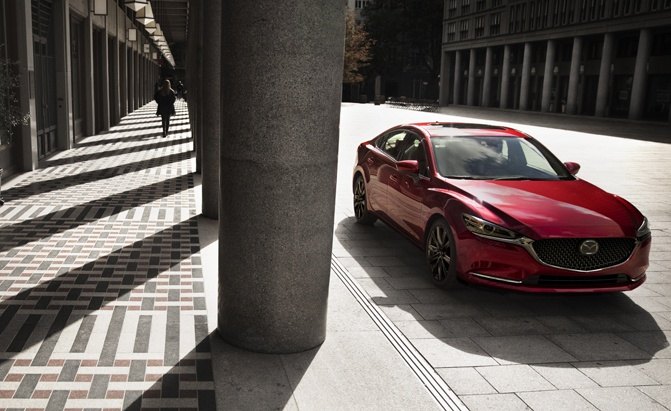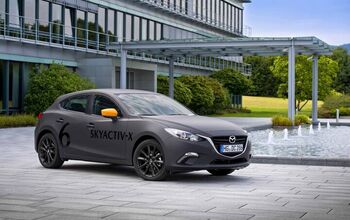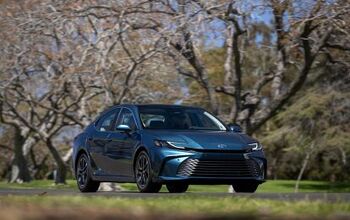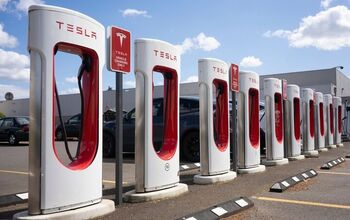Mazda SkyActiv-X Combines Gas Engine With Diesel Tech

One of the most compelling things Mazda is doing right now (besides designing sexy cars) is the new SkyActiv-X engine.
Mazda’s engines have always been quite innovative and even its current SkyActiv-G lineup (consisting of 2.0-liter naturally aspirated and 2.5-liter turbo units) are capable of compression ratios not usually found in engines of those sizes. Industry standards are making it necessary for automakers to eke greater performance out of engines without compromising fuel economy.
Mazda has a unique solution to tackle this challenge with its upcoming SkyActiv-X engine.
ALSO SEE: We Explain Mazda’s Fancy New SkyActiv-X Engine Tech in Layman’s Terms
The foundation of the powerplant is a supercharged compression ignition gas engine. This is unusual for a gas engine because the norm would be to use a spark plug to cause ignition within a cylinder. But because Mazda engineers found a way to incorporate how a diesel engine burns fuel (which is by using compressed air) into this new engine technology, they created an engine that continually switches over from spark ignition to compression ignition. You get the clean emissions of a gas engine but the fuel economy of a diesel.
Compression ignition mostly happens during low rpms, where demands for ultra quick acceleration are not required. During this time, the fuel mixture is quite lean to enable the engine to perform efficiently.
Should the need for more aggressive acceleration be required, spark ignition can take over seamlessly.
We spoke to Jay Chen, head powertrain engineer behind this ambitious engine to find out what the motivation was for its conception. “A car’s engine is the root area for figuring out how to best deliver the best performance to efficiency combination for a vehicle. We wanted to make the engine have the feel of a complete product rather than something that feels artificial,” he says.
He adds that the company’s focus on this engine is a big reason why Mazda has not employed the use of external techniques such as stop-start technology in the North American market to boost fuel efficiency. “We always aim to work from inside the engine to get the power and efficiency goals we require instead of looking to use non-engine technology that can ruin the driving dynamics intended for the given vehicle,” he said.
Chen also revealed that SkyActiv-X is enabling the company to exceed performance expectations for the vehicles intended to carry this engine. The assumption would be that this engine is solely helping the company reach new fuel efficiency benchmarks, but as the development of this engine continues, he is finding that this new technology is slowly pushing the limits of performance that Mazda has not seen in its engines before.
The engine is tentatively due two years from now, possibly showing up first in the next-generation Mazda3. Judging by Mazda’s obsession with making things fun to drive, we’re excited to see what a real-world application of this new tech feels like.
Discuss this story on our Mazda Forum

Chidi loves talking about cars. He enjoys exploring the limits of new car technology and performance vehicles. When he is not writing features for AutoGuide, you will most likely find him perusing Kijiji or Autotrader listings for unique classic nameplates.
More by Chidi Ohiaeri

































Comments
Join the conversation